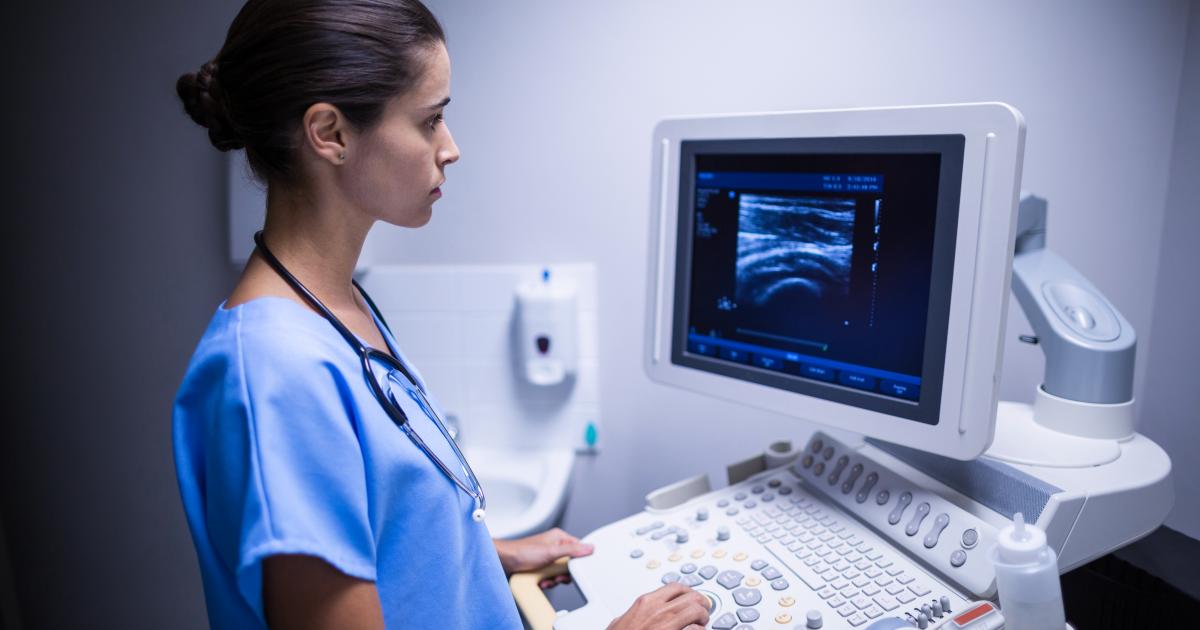Treating And Preventing Phleboliths
Phleboliths are tiny pebbles that form in the veins and are most often found in the veins of the pelvis and start as small blood clots that calcify over time. They are ovate and only a few millimeters in diameter. Phleboliths are surprisingly common, especially in individuals who are middle-aged or older. They are found more often in women than in men. Phleboliths are usually asymptomatic and do not cause health problems in most individuals. When symptoms appear, they include constipation, pains in the stomach or the pelvic area, varicose veins, and swelling around the affected area. Phleboliths look white on X-rays and are often mistaken for kidney stones. Many individuals are born with phleboliths, but an adult who wants to lower the incidence of them can exercise at least a half an hour a day, drink plenty of water, and avoid tight clothing for their lower body. Here are some treatments for phleboliths if they cause problems.
Sclerotherapy

In sclerotherapy, the doctor injects a sclerotizing agent into the patient's problematic vein to destroy it. The agent is usually a solution or foam that scars the vein and causes it to die. Eventually, the body simply reabsorbs it. When this occurs, other veins in the area take over the old vein’s job of pumping oxygen-poor blood back to the heart. The sclerotizing solution often has lidocaine, so the patient won't need anesthesia. Since it's an outpatient procedure, the patient can go home soon after the treatment. It is still a good idea for someone to drive them back home if they don’t live within walking distance.
Discover more ways in which phleboliths can be treated now.
Endovenous Laser Therapy

With endovenous laser therapy, the doctor inserts a laser fiber into the vein to destroy it. They can do this with a catheter or a needle while they use ultrasound for guidance. This type of treatment is used for larger veins and is sometimes combined with a sclerotizing agent. The doctor activates the laser once it is in the vein then slowly pulls it out. As this happens, the vein shuts down and is absorbed over some weeks. An endovenous laser therapy session takes about an hour, and the patient only needs local anesthesia. After the surgery, the doctor has the patient walk around to prevent blood clots. The patient can then leave the office and continue with their normal tasks.
Keep reading now to learn about more options for phlebolith treatment.
